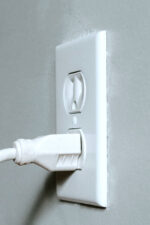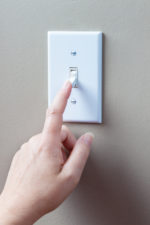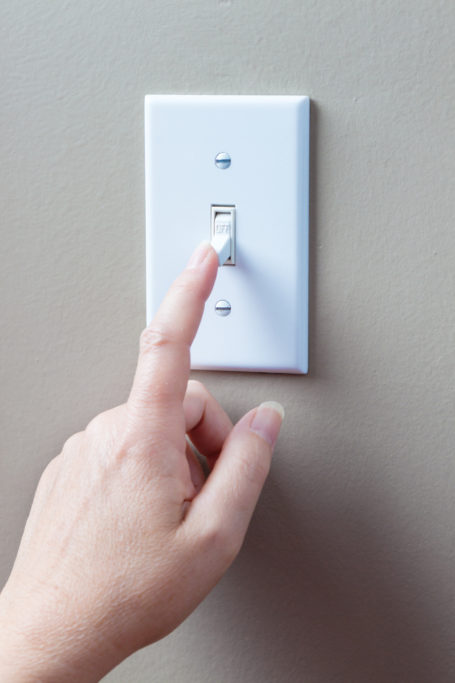Plugging Into Your Home’s Electrical System
The warm glow of lamplight on a compelling book, music streaming through your speakers while you cook, cool air lending any room of your home a comfortable breeze—household electricity is what makes such everyday conveniences and modern essentials possible.
However, like any other component of your home, your electrical system is liable to periodic malfunctions, ranging from minor hitches to total breakdowns. Whether you’re a new homeowner or a veteran looking for a refresher, equip yourself with some fundamental knowledge of this vital circuitry to help you better prevent any issues and maximize its performance.
Understanding the framework
If you ever hooked up a battery to a light bulb in science class, then you know the basic skeleton of your home’s electrical system: a circuit that wires a power source to a series of machinery and back again. The power source in question is your local electric plant, which streams energy into your home via power lines or buried connecting wires. The following elements then help manage it effectively.
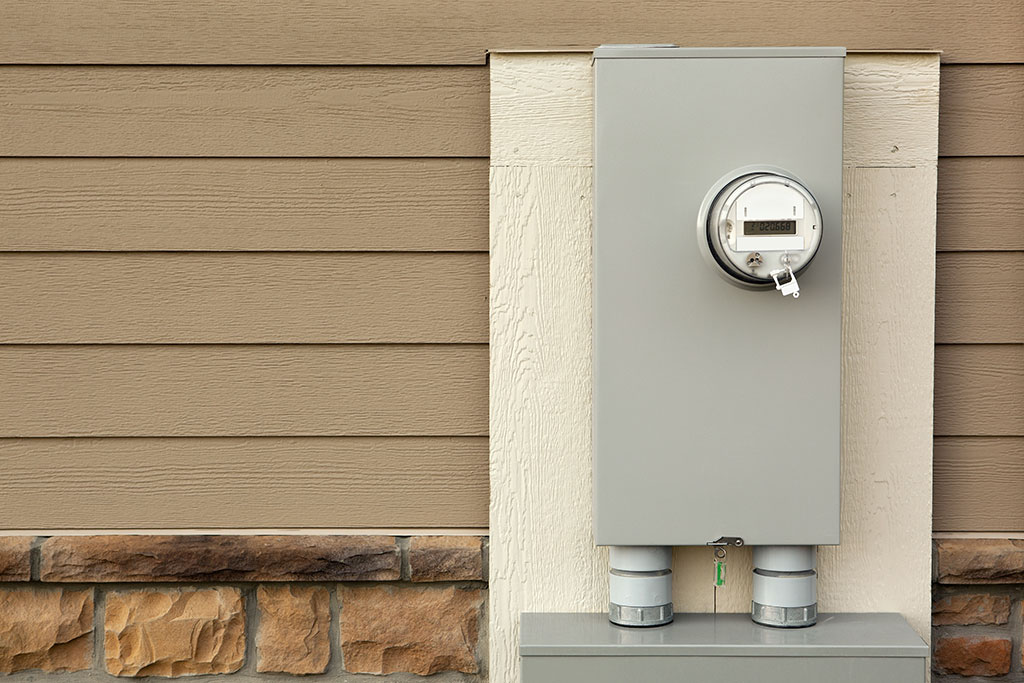
Service head
Functioning as the point where power enters your home, this wiring consists of two 120-volt cables and one neutral cable, which provide power to your lights, appliances, and outlets. In some cases, all three may be used to create 240-volt circuits; these combine to power larger appliances like your water heater and clothes dryer.
Electrical service panel
In this component, also known as the circuit breaker, external wiring converts into an internal network of cables that feeds throughout your entire house. This wall-mounted box is typically installed in a utility room, basement, garage, or exterior wall. It generally resembles a safe without a lock and contains many large switches. With this system, you can “break” circuits by flipping switches, in turn cutting off power to a certain area or outlet.
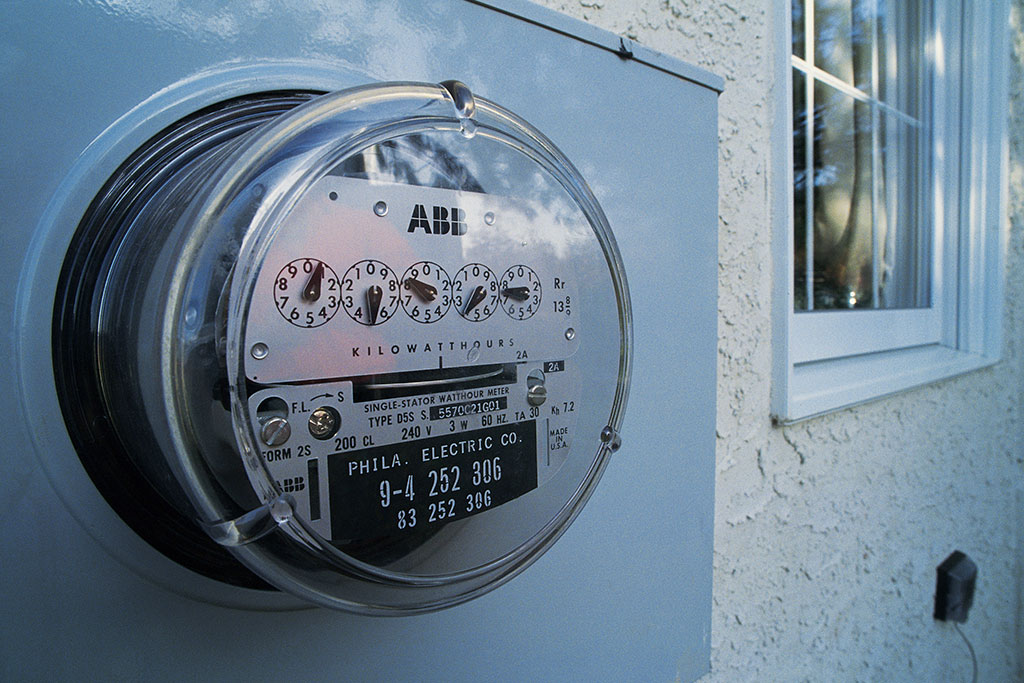
Electric meter
Your electric meter measures the energy you consume, allowing your utility provider to track your electricity use and bill you accordingly. It typically sits on an exterior, first-story wall, often right by the service head, and may resemble a series of small clocks within a mounted glass cylinder.
Grounding component
Directly near the electric meter, a grounding component helps mitigate extreme power surges—and potential electrocution—by feeding a rod underground. While you never interact with this shaft, it’s nonetheless essential for you to access power safely.
Keeping the power on
Though the exact configuration of an electrical system will naturally vary from home to home, there are a few good rules of thumb every homeowner should follow to help them effectively utilize and take care of theirs.

Don’t overwhelm your outlets
A tremendous amount of power flows through your outlets, so it’s essential that you use them safely. Each one is built to handle only a certain maximum wattage, or operating power, requiring you to practice caution when plugging in anything, even when using power strips. As a general safety measure, avoid crowding more than three devices into each outlet, particularly when dealing with high-wattage equipment like your TV.
The typical result of overloading your outlets is merely blowing a fuse, but the biggest risk is an electrical fire. Common signs include seeing sparks, hearing buzzing, or smelling burning when you insert or remove a plug from an outlet as well as radiant heat and charring around it. If you notice any of these issues, contact an electrician—do not try to investigate or fix them alone. In addition, call an expert every five to ten years to check that everything is in good working order, especially for older two-prong outlets or those in high-moisture areas like bathrooms.
Label your circuit breaker
To use your circuit breaker as intended, you’ll need to label it to indicate what each switch controls. This can be handy for pausing electricity to malfunctioning outlets or resetting circuits that flipped due to being overloaded (making sure to resolve the issue before doing so). If your home had previous owners, your breaker may already be labeled, but if not, use a simple trial-and-error method, turning switches on and off and then investigating what room, area, or outlet was impacted. This could also be handy for verifying that previous labels were applied accurately if needed.

Pursue energy savings
Whether cost concerns or eco-consciousness inspires you to consider energy savings, there are several steps you can take to limit energy overuse and save money. The first is to track your current consumption, such as by reading your energy meter regularly; you can consult Energy.gov for helpful tips for doing so. Additionally, you might consider installing a smart home energy monitor to assess your usage in real time and see valuable statistics on your smartphone.
Depending on what you discover, you may want to then invest in making upgrades to maximize your efficiency. For example, you could get a smart thermostat, switch to Energy Star-certified appliances, or even add solar panels. While the latter is certainly the most intensive overhaul, it has been shown to produce significant savings. Refer back to Energy.gov for a helpful guide to calculating your potential cost reduction and pursuing tax credits for installing them.
Call an electrician
It’s critical that you avoid interacting with electrical equipment if you lack the proper training to do so—that is, beyond simple tasks like labeling your breaker box and easy DIY projects like replacing your ceiling lights or switch plates. Venturing beyond your expertise can lead to you damaging valuable components or suffering severe injuries. So if you suspect that your home is experiencing a power-system malfunction, contact an electrician rather than attempting to address this problem yourself. During their visit, you could also ask them to identify your home’s components for you. With their guidance, you can come to understand your electrical system more fully, helping you stay on top of this crucial circuitry and be prepared for any complications that could someday arise.





